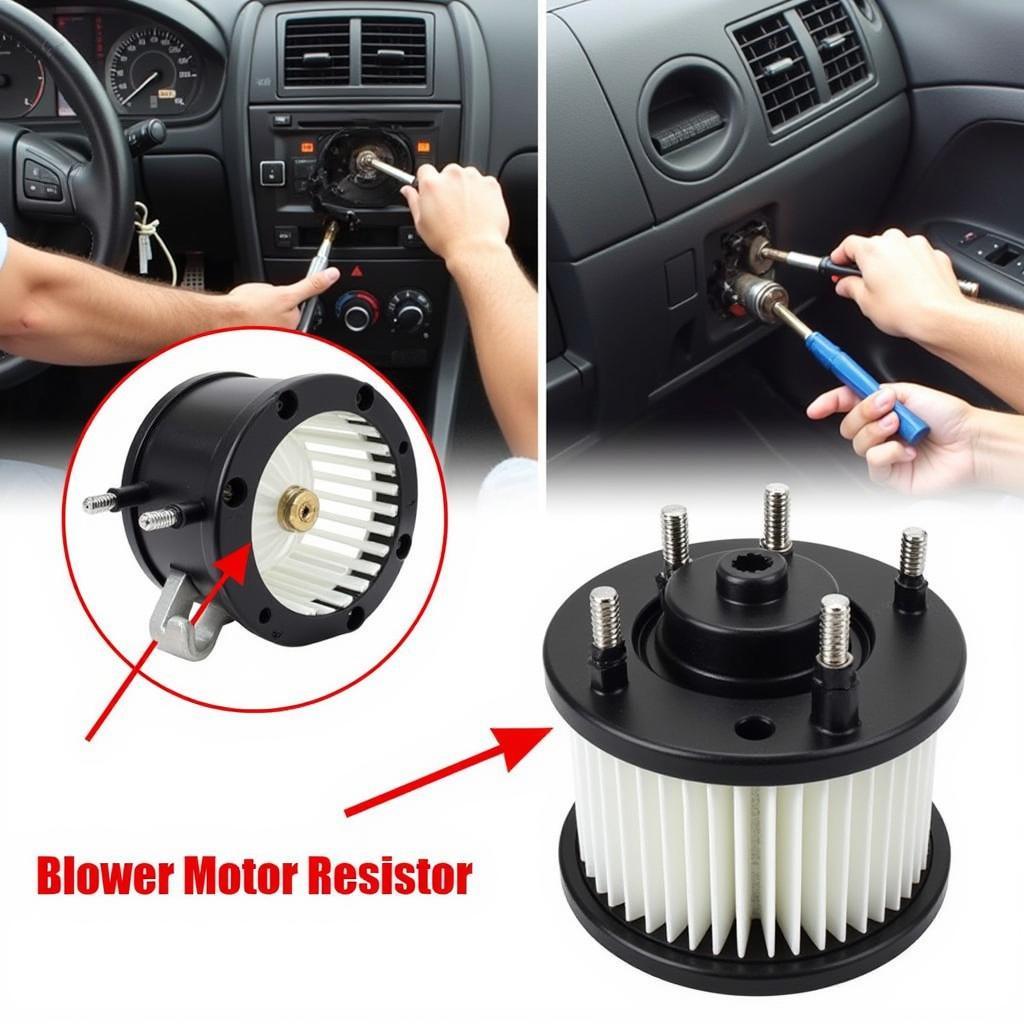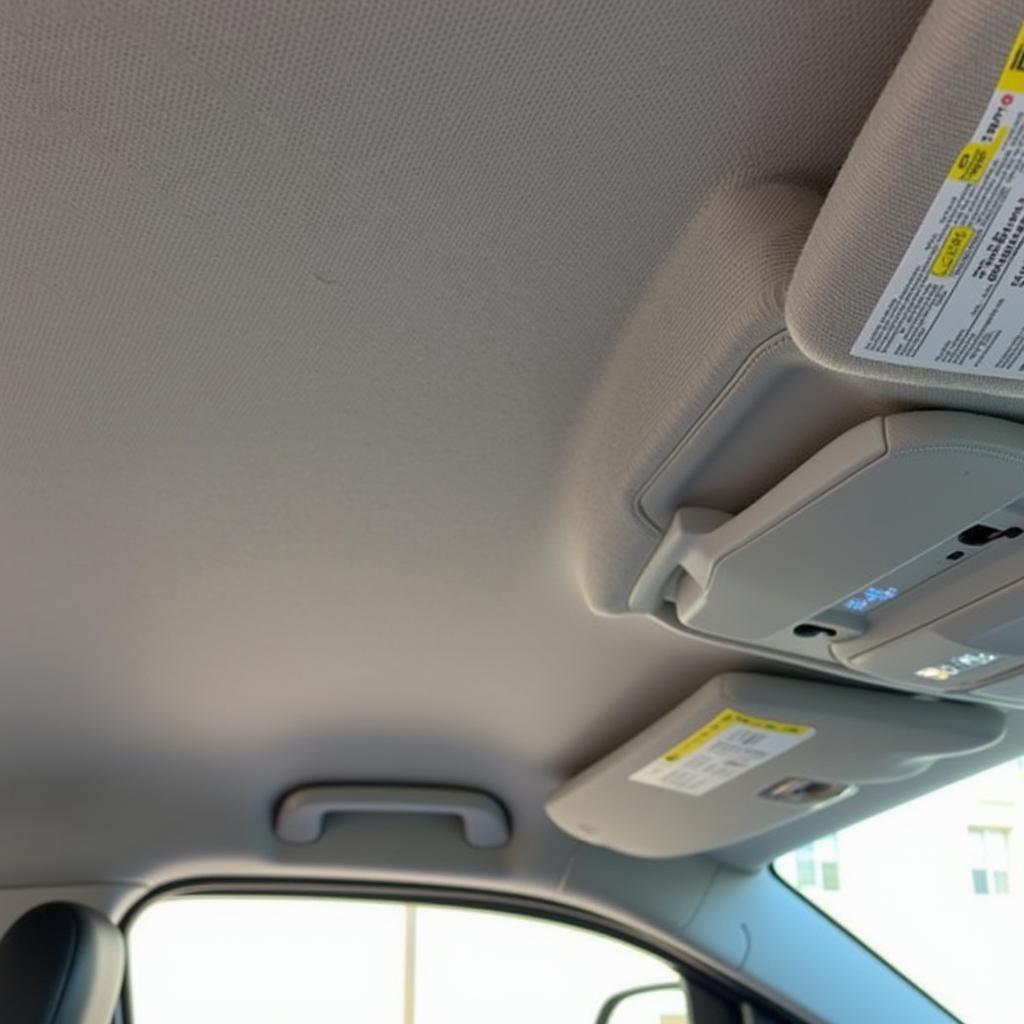Experiencing a car that refuses to shift gears automatically can be incredibly frustrating. Whether you’re stuck in park, drive, or somewhere in between, this issue can bring your daily commute to a screeching halt. This comprehensive guide will explore common reasons why your automatic transmission might be acting up and provide practical solutions to get you back on the road.
Understanding the Automatic Transmission
Before diving into troubleshooting, it’s helpful to grasp the basics of how an automatic transmission works. Unlike manual transmissions, where the driver manually selects gears, automatics use a complex system of hydraulic fluid, clutches, and bands to shift gears seamlessly. This system is controlled by the transmission control module (TCM), which receives input from various sensors throughout the vehicle.
Common Causes and Solutions for “How to Fix Car Not Changing Gears Automatic”
Several factors can contribute to an automatic transmission refusing to shift. Let’s break down the most frequent culprits and explore potential fixes:
Low Transmission Fluid
One of the most common reasons for gear shifting problems is low transmission fluid. This fluid is vital for lubricating the intricate components within the transmission and providing the necessary hydraulic pressure for smooth gear changes.
- Check the fluid level: With the engine running and the car parked on a level surface, locate the transmission dipstick (refer to your owner’s manual). Wipe the dipstick clean, reinsert it fully, and then remove it again to check the fluid level. It should fall within the designated “full” range.
- Add fluid if necessary: If the fluid is low, add the correct type of transmission fluid recommended by your car’s manufacturer. Be careful not to overfill.
- Inspect for leaks: If you find yourself constantly needing to add fluid, there’s likely a leak somewhere in the system. Inspect the transmission pan, lines, and connections for signs of leakage.
Faulty Solenoids
Solenoids are electromagnetic valves that control the flow of transmission fluid. A malfunctioning solenoid can disrupt the hydraulic pressure needed for proper gear shifting.
- Diagnosis: Diagnosing a bad solenoid often requires specialized diagnostic equipment. A mechanic can use a scan tool to check for solenoid-related error codes.
- Replacement: If a faulty solenoid is identified, it typically needs to be replaced. This is a job best left to a qualified technician.
Worn-Out Clutch Plates or Bands
Over time, the clutch plates and bands within the transmission can wear down, causing slippage and preventing proper gear engagement.
- Symptoms: Slipping gears, a burning smell, or a whining noise can indicate worn-out clutch plates or bands.
- Repair: Addressing this issue usually involves rebuilding or replacing the transmission, which can be a costly repair.
Transmission Control Module (TCM) Problems
The TCM is the brain of the automatic transmission. A faulty TCM can send incorrect signals, leading to shifting issues.
- Diagnosis: A mechanic can use a scan tool to diagnose TCM problems and check for error codes.
- Repair/Replacement: Depending on the issue, the TCM may need to be reprogrammed or replaced.
When to Seek Professional Help
While some transmission issues can be addressed with simple DIY fixes, others require the expertise of a qualified mechanic. If you’re unsure about the cause of your shifting problems or if the problem persists after trying basic troubleshooting steps, it’s best to seek professional help.
“Ignoring transmission problems can lead to more extensive and costly damage down the road,” warns John Miller, a seasoned automotive technician with over 20 years of experience. “Early diagnosis and repair are crucial for maintaining the longevity of your automatic transmission.”
Conclusion
Dealing with a car that won’t change gears automatically can be a major headache. By understanding the potential causes and solutions outlined in this guide, you can take the first steps toward resolving the issue. Remember, if you’re uncomfortable tackling these repairs yourself, don’t hesitate to contact a qualified mechanic. For expert advice and assistance, connect with us at AutoTipPro at +1 (641) 206-8880 or visit our office at 500 N St Mary’s St, San Antonio, TX 78205, United States. We can help you get your car shifting smoothly again. How To Fix Car Not Changing Gears Automatic is a complex issue, but with the right knowledge and resources, you can get back on the road.






Leave a Reply